Not long after our first wedding anniversary—celebrated with an overnight canoe trip on the Narraguagus River in Maine—Sharon and I acquired our first boat, an 18′ Grumman aluminum canoe, complete with transom mount and matching wooden paddles. We are now happily approaching our 40th anniversary and after a lifetime of boating and camping, we felt the urge to semi-retire the old Grumman for a new and special canoe: a long-desired 18′ 6″ wood-and-canvas E.M. White Guide model.Early wood-and-canvas canoes evolved from Native American birchbark canoes that were in common use in northern New England. Bark canoes were popular, so much so that Maine builders were eventually forced to range farther afield in their search for usable birchbark. The experimental use of readily available, cheaper, and more durable canvas marked the beginnings of a sea change in canoe construction. Early Maine canoe builders developed forms with metal straps where the ribs would be placed. After the ribs were steamed and bent over the form, the planks were applied and then secured with brass tacks. The metal straps on the form clenched the tack points, turning them back into the ribs. The new forms allowed consistent mass-production of canoes at low cost. In the late 1800s, a number of small canoe-building companies formed in and around Old Town, Maine. One of the early successful builders was E.M. White, who modeled his signature canoes after Native Penobscot birchbark designs.The E.M. White Guide canoe that Sharon and I built is 18′6″ in length overall and has a beam of 37 1⁄4″ and a depth amidships of 13″. Unlike our old Grumman, the symmetrical Guide has a finer entry, making things much easier for the bow paddler. The canoe is slender, with a gorgeous sheerline that distinguishes this canoe from its modern fiberglass or plastic cousins. By omitting intermediate half-ribs but using a keel, floorboards, and lightweight canvas, we brought the overall weight down to just 83 lbs. We wanted to use locally sourced materials as much as possible in our canoe’s construction. The ribs and planking are of northern white cedar. The outwales, handles, and decks are cherry; the inwales are of red spruce, and the seats and thwarts are fashioned of white ash.
Join The Conversation
We welcome your comments about this article. To include a photo with your remarks, click Choose File below the Comment box.
Comments (3)
Comments are closed.

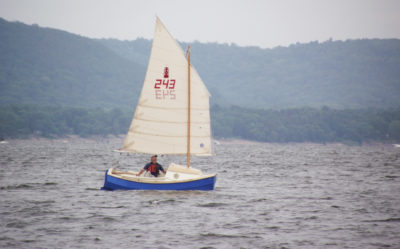
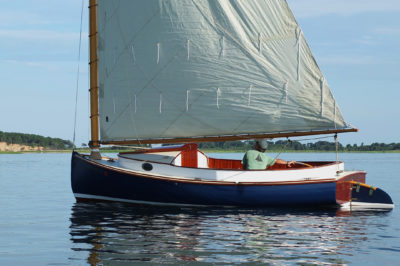
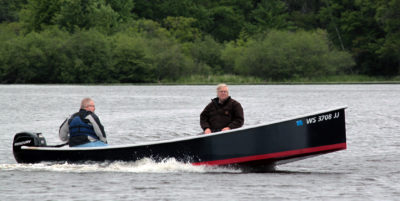
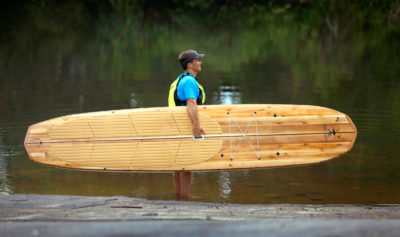
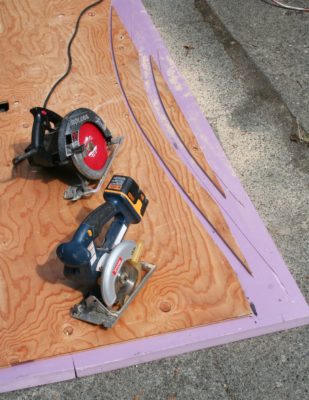
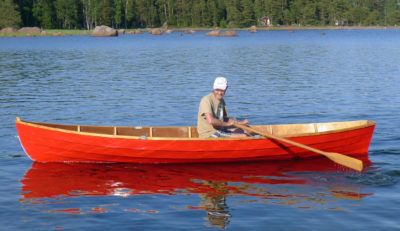


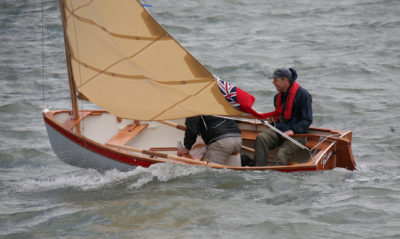
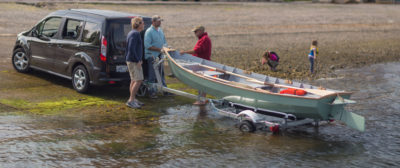
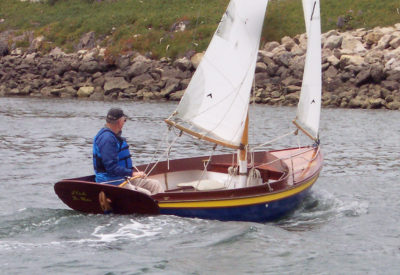
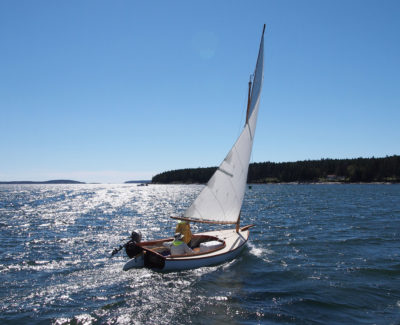
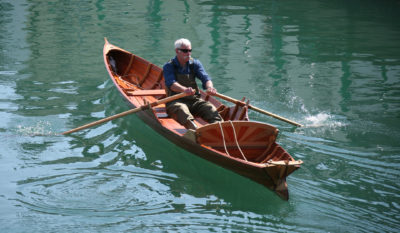
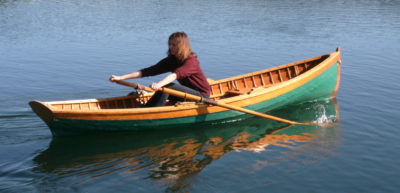
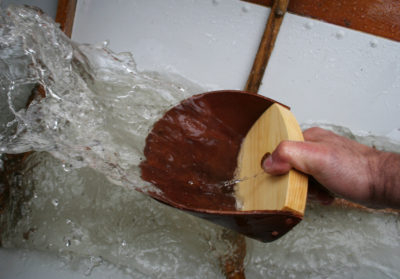
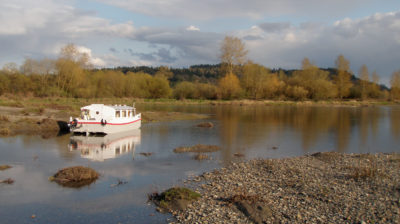
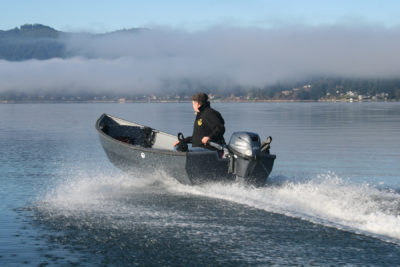
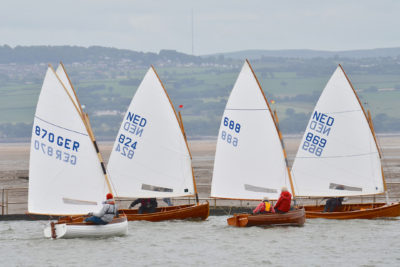


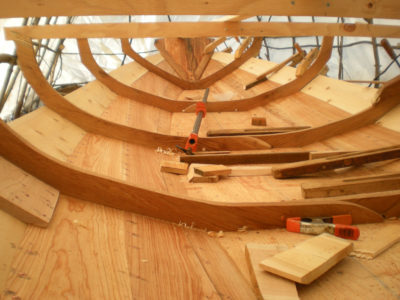
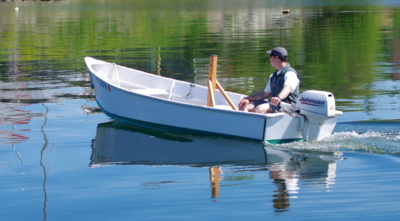
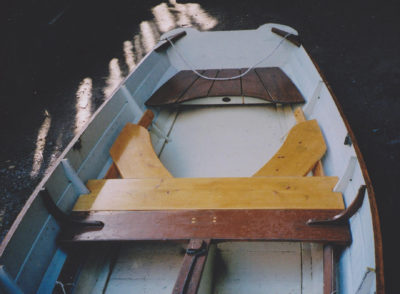
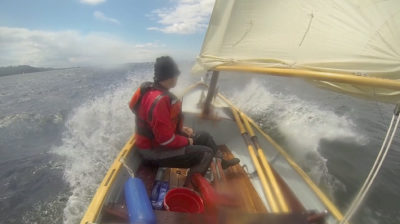
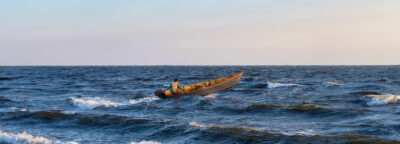
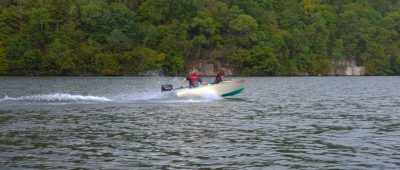
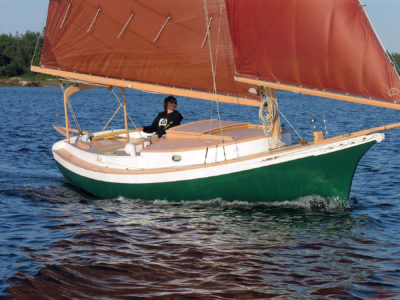
Great story, thanks for sharing it. Old wood and canvas canoes are pretty rare here on the windy, salty Texas coast and it was nice hearing about one and your experience building it.
Thanks, Rick!
Great article. I’m sorry I sold my E. M. White a special lightweight Model. Being 83 I now have to find homes for several Old Town wooden canoes.